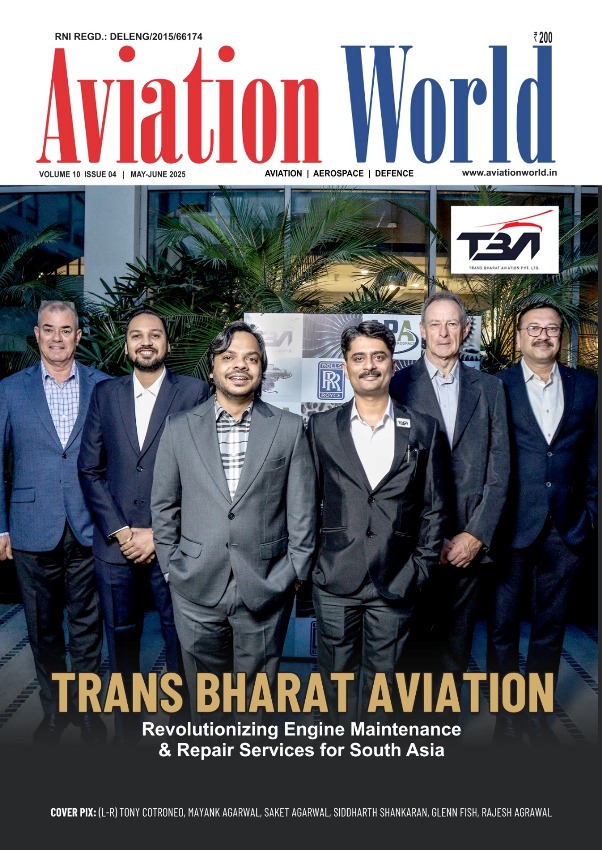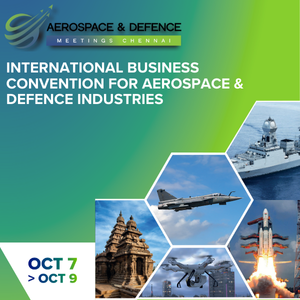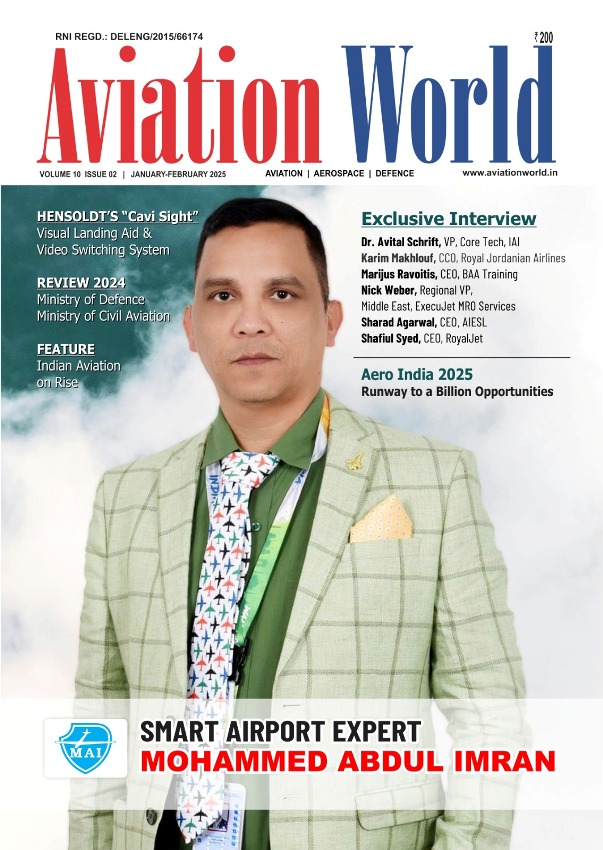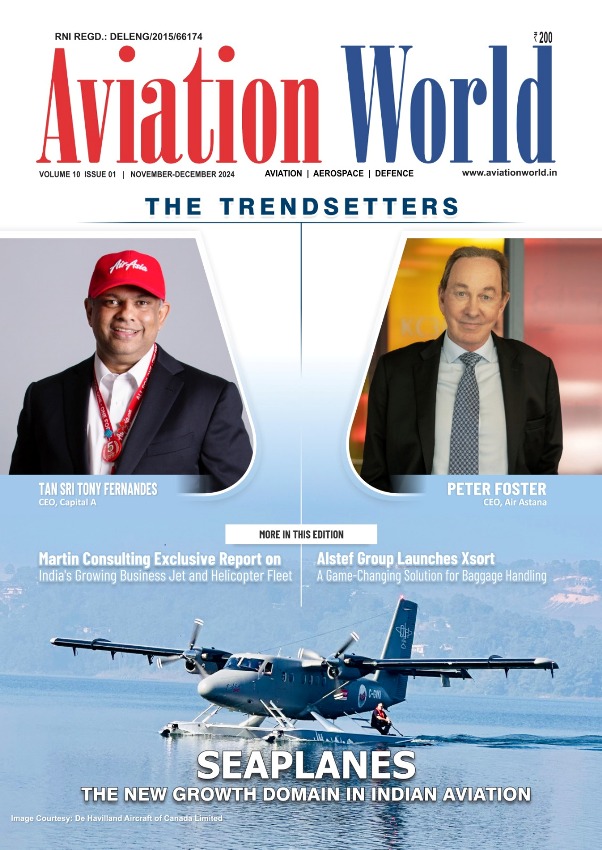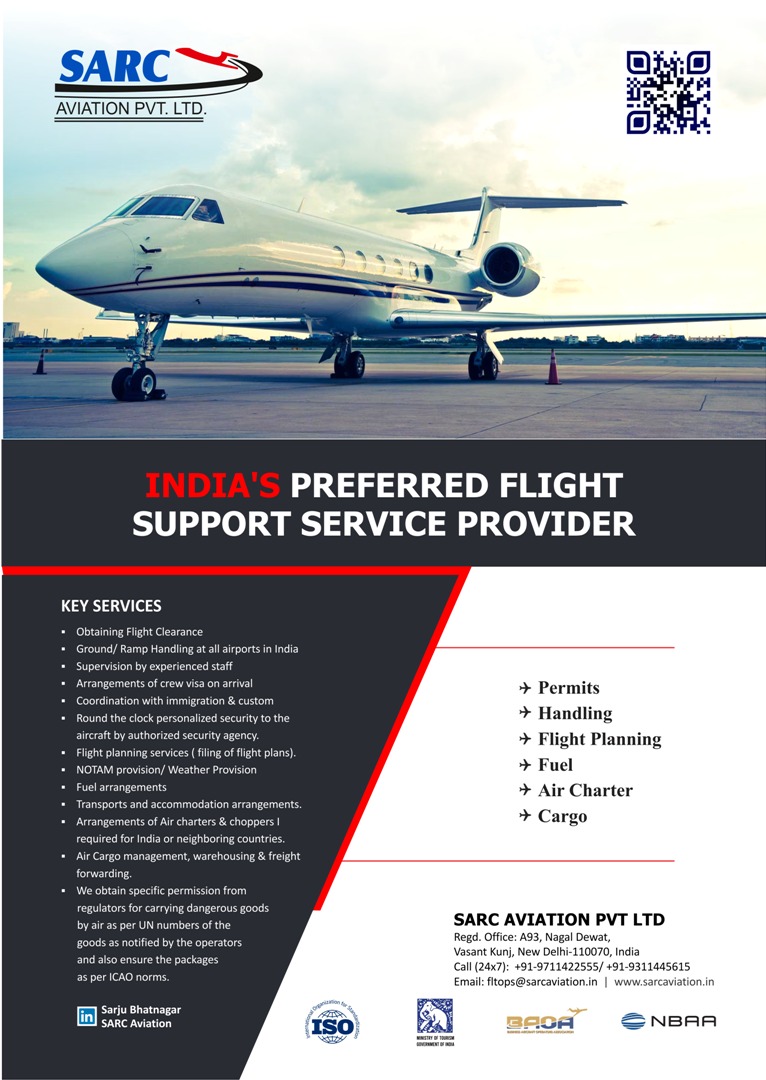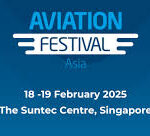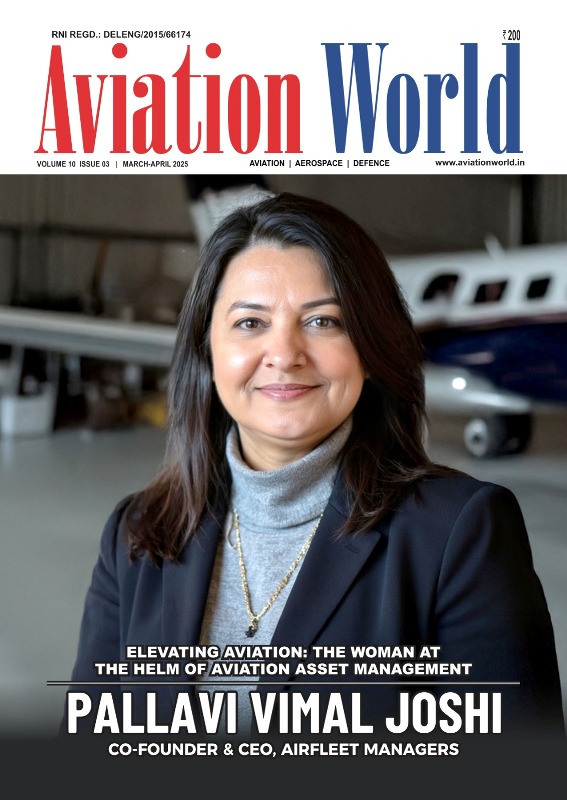AASSC TO TRAIN & DEVELOP OCCUPATIONAL STANDARDS OF DRONE OPERATOR
Aviation is proof that given, the will, we have the capacity to achieve the impossible.
-Edward Vernon Rickenbacker
Drones or Unmanned Aerial Vehicles (UAVs) are basically machines that can fly without having any human pilot present inside the vehicle. These are mainly controlled by computers, or in case of toy drones, by simple remote controls.
The world is moving in to The Fourth industrial Revolution, the digital revolution, and for India it brings tremendous opportunities to leapfrog many stages of development.
DRONES- INDIA PERSPECTIVE:
- Indian UAV market to grow at a CAGR of 18% during 2017–23 in terms of revenue.
- In a recent report, FICCI and EY projected that the value of the Indian UAV industry and market would be around US$ 885.7 million.
- Global market size will touch US$ 21.47 billion by 2021.
- With 22.5% of the world’s UAV imports, India tops the list of drone-importing countries – Opportunity for AtmaNirbhar Bharat.
CONSISTENT GROWTH AND REGULATIONS FOR DRONES:
Drones are an inevitable part of the future landscape scenery.One thing which is very clear is that the drone industry is only just beginning to pick pace in the country and bound to grow in the next decade or so. The range of drones available for various applications is increasing while the manufacturing cost is decreasing. The demand for drone operators for the varied applications and for other job roles in the drone industry is increasing as well.
In December 2018, Ministry of Civil Aviation through Civil Aviation Regulation (CAR) 1.0 established basic framework of rules and launched DigitalSky Platform. In January 2019, Drone Ecosystem Policy Roadmap was released which outlined key principles guiding the draft of CAR 2.0. The new CAR 2.0 is likely to further enable commercial use of Drones/Unmanned Aerial Systems (UAS) and allow its operation Beyond Visual Line of Sight (BVLOS).
The policy seeks to provide a way for foreign players to invest in India, which will allow the development of India’s UAV sector. Investments by the Indian government and citizens, combined with future foreign direct investment, can become the reason for the further evolution of the drone sector in India.
The Ministry of Civil Aviation – DGCA has notified the draft rules, known as Unmanned Aircraft System Rules, 2020, on June 2 for importing, manufacturing and owning drones as well as for drone ports, or airports for drones. It had invited comments from stakeholders within 30 days, following which the rules will be finalised
APPLICATIONS OF DRONES:
CLASSIFICATION OF DRONES:
(a) When it comes down to the classification of these drones, there is no set standard. According to the usage, drones are constructed in various shapes and sizes.
Normally, drones are classified according to their size. They are
- Hobby Drones
- Commercial Drones
- Industrial Drones
- Military Drones
(b)Classification on the basis of Usage:
“Drones” can be classified on a different basis – say based on ‘usage‘ like Drones for Photography, Drones for aerial Mapping, Drones for Surveillance etc. However, the best classification of ‘Drones’ can be made on the basis of aerial platforms.
(c)Based on the type of aerial platform used, there are 4 major types of drones:
1. Multi Rotor Drones
2. Fixed Wing Drones
3. Single Rotor Helicopter
4. Fixed Wing Hybrid VTOL
(d)Classification of Drones as per AUW:
Civil Drones is categorized as per DGCA (Directorate General Civil Aviation – Regulatory body – India) in accordance with Maximum All-Up-Weight (including payload) as indicated below:
SOME RECENT PROJECTS USING DRONES IN INDIA:
- Anti – Locust operations in Rajasthan & U.P in Jun 20
- Drones used in surveillance operations in COVID-19 hit cities like Mumbai & Bangalore
- In November 2019, Coal India used drones to check illegal mining and pilferage
- Indian Railways is using UAS for inspection & 3D mapping to bring to life, a dedicated freight corridor with a network of 3,360 km.
Upcoming projects:
- Indian Oil will use drones for aerial surveillance of their Delhi-Panipat pipeline.
- Survey of India will do high definition aerial mapping of villages in India using drones.
- Under the SVAMITVA scheme of Ministry of Panchayati Raj which stands for ‘Survey of villages and mapping with improvised technology in village areas’.
- The target is to map India’s over 6.6 lakh villages by Dec 2024.
- The objective of the scheme is to create accurate land records for property rights, direct benefit transfers and panchayat level planning.
- Maha-Transco will use drones for powerline inspections in remote areas of Maharashtra
-
- Enhance its quality of inspection
- Lesser cost
-
FURTHER OPPORTUNITIES:
- Continued reforms in regulations by Govt for use of drones in various applications
- Govt will provide fast track approvals for mass benefit use cases especially in Infrastructure, Agriculture, Healthcare, Defence &National security
- Push for ‘AtmaNirbhar Bharat – Make in India : Make for the world‘
- Govt working towards Make India : Drone Capital of the world
DEMAND FORECAST FOR SKILLED MANPOWER
Skills and knowledge are one of the key drivers of economic growth and social development for any country. As India positions itself to achieve strong economic growth, availability of a highly skilled workforce that can help organizations across sectors and more importantly globally withtheir competitive capabilities will be key.
- The drone industry will need operators, technicians, engineers with the right technical skills combined with the applicable soft skills that are invaluable for the industry.
- The engineering talent needs to be trained on the relevant skills that will improve their prospects for global employability.
India presently has over 50,000 active unlicensed drone pilots who will be required to undergo formal training in the next 12-18 months. To facilitate this India will need a large number of RPTOs spread across the country to meet the growing demand of the drone industry.
It is expected that besides FTOs and RPTOs, technical institutions will also have Drone Operation and Maintenance as part of Curriculum. Drones and other ancillaryindustries will need new skill set and are likely to create new job opportunities that did not exist before.
ROLE OF AASSC
“Make in India” cannot succeed without “Skill India”. For this purpose,Aerospace and Aviation Sector Skill Council (AASSC) https://www.aassc.in/has been set-up under the Government led initiative of “Skill India” program. This is one of the 37 Sector Skill Councils formed under National Skill Development Corporation (NSDC)https://nsdcindia.org/. The promoters of the company are Hindustan Aeronautics Limited (HAL), Bangalore Chamber of Industries & Commerce (BCIC) and Society of Indian Aerospace Technologies & Industries (SIATI).
AASSC is responsible for bridging the skillgap in the aerospace and aviation sector. It acts as an Awarding Body for short-termskilling programs, mostly 2 to 4 months. It ensures delivery of well-designedindustry centric curriculum aligned to National Skill Qualification Framework (NSQF) through a pan-India network of accredited Training Partners and Assessment Agencies. It also conducts Training of Trainers (ToT)/ Assessors (ToA) programs for new trainers & assessors.
INDUSTRY RELEVANT JOB ROLES
Some specific examples of the niche Job Roles are Composite Repair Technician, Aerospace Structural Engineer: Designer/ Analyst, Airline Network Planning Analyst, Airport Safety Crew,Cabin Crew,Customer Service Executive, etc. AASSC has formulated Qualification Packs for 72 entry level courses cutting across domains of Design, Manufacturing, Airline Operations, Airport& Cargo, Maintenance, Repair & Overhaul (MRO) and upcoming Drone Sector(to be launched soon). The list of job roles can be accessed at https://www.aassc.in/wp-content/uploads/2020/04/List-of-AASSC-72-Job-Roles-5-subsectors.pdf
Some of the benefits to the aspirants are Diverse employability opportunities, Upskilling & reskilling for career growth and Certification for transnational mobility.
SUB-COMMITTEE ON ‘UAV SYSTEMS’ (TED 14:1).
AASSC is also working with UAV standardization sub-committee formed by Bureau of Indian Standards (BIS) under the able leadership of Dr SN Omkar, IISc, Bengaluru. Under this, various working groups have been formed to define and set the standards on product manufacturing& maintenance, testing& evaluation, training, UAS Traffic Managementand cyber security. The AASSC is actively contributing towards standardizing the training aspect of the drone sector.
AASSC’ WORK IN DRONE SUBSECTOR:
Setting up Occupational Standards under NSDC: While the DGCA, the regulator specifies a minimum 35hrs/ 5 day training and on the passing of examination thereafter, for getting a license for Drone Pilot. AASSC has made steady progress in creating the standards for enabling the short term training by way of developing the Occupational Standards for Job role of a Drone Operator (Multi-Rotor) under NSDC. These standards can form a part of the essential framework on which the curriculum and the training content can be further developed. This framework can be utilised in providing the ‘skill’ training, thus will help in standardization.
AASSC is also working along with other Sector Skill Councils in association with which standards relevant to those industry applications will be used to further train the Drone operators.
MoU signing with Throttle Aerospace Systems (TAS): Aerospace & Aviation Sector Skill Council & Throttle Aerospace Systems signed a MoU recently in Bengaluru to collaboratively work for skill development in the Drones subsector. The endeavor will be to work jointly to improve the skilled manpower availability for various job roles in Drone ecosystem like operations and associated domains of manufacturing & repairs.




